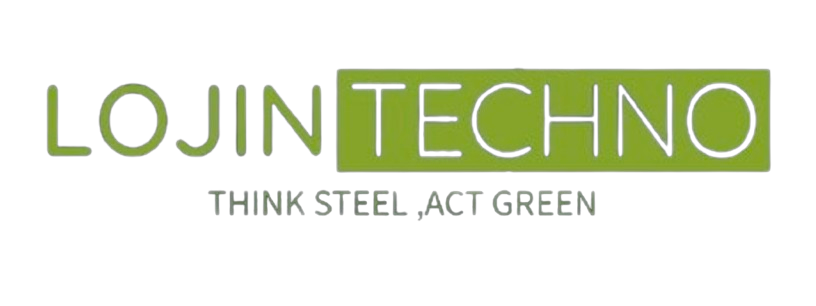Key Performance Indicators (KPIs) and Objectives and Key Results (OKRs) are two different frameworks used in business management to measure and achieve organizational goals. While KPIs focus on performance metrics, OKRs emphasize setting objectives and achieving measurable results. Let’s explore how these frameworks can be applied in the context of steelmaking:
Key Performance Indicators (KPIs) for Steelmaking:
- Energy Efficiency:
- KPI: Energy consumption per ton of steel produced.
- Objective: Reduce energy consumption to improve efficiency and environmental sustainability.
- Production Yield:
- KPI: Percentage of usable steel produced from raw materials.
- Objective: Increase production yield by optimizing processes and minimizing waste.
- Quality Metrics:
- KPIs: Defect rate, adherence to product specifications.
- Objective: Improve product quality to meet or exceed customer expectations.
- Downtime and Reliability:
- KPI: Overall Equipment Efficiency (OEE), downtime hours.
- Objective: Minimize downtime through proactive maintenance, improving equipment reliability.
- Safety Performance:
- KPIs: Lost Time Injury Rate (LTIR), Total Recordable Incident Rate (TRIR).
- Objective: Achieve and maintain a zero-accident workplace through robust safety measures.
- Environmental Impact:
- KPI: Carbon emissions per ton of steel produced.
- Objective: Implement sustainable practices to reduce the environmental footprint of steelmaking.
- Supply Chain Efficiency:
- KPIs: Inventory turnover, on-time delivery.
- Objective: Enhance supply chain efficiency to minimize costs and improve responsiveness.
Objectives and Key Results (OKRs) for Steelmaking:
- Objective: Increase Production Output
- Key Result: Achieve a 10% increase in monthly steel production by optimizing manufacturing processes.
- Objective: Enhance Product Quality
- Key Result: Reduce product defects by 15% through improved quality control measures and employee training.
- Objective: Improve Energy Efficiency
- Key Result: Decrease energy consumption by 20% per ton of steel produced through the implementation of energy-efficient technologies.
- Objective: Enhance Workforce Skills
- Key Result: Conduct training programs for 100% of the workforce to enhance skills related to safety, technology, and process optimization.
- Objective: Implement Sustainability Initiatives
- Key Result: Achieve a 25% reduction in carbon emissions by investing in cleaner technologies and sustainable steelmaking practices.
- Objective: Optimize Equipment Maintenance
- Key Result: Reduce equipment downtime by 15% through the implementation of predictive maintenance techniques.
- Objective: Strengthen Customer Satisfaction
- Key Result: Achieve a customer satisfaction score of 90% or higher through improved communication, product quality, and on-time delivery.
KPIs and OKRs are valuable tools for managing and improving performance in the steelmaking industry. They help align the organization toward common goals, measure progress, and drive continuous improvement in various aspects of the steel production process.


Thank you very much for that useful information, Dr. Hisham ❤
great information need strong insist plan to be applied